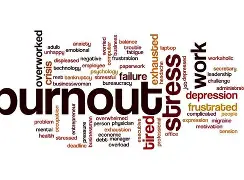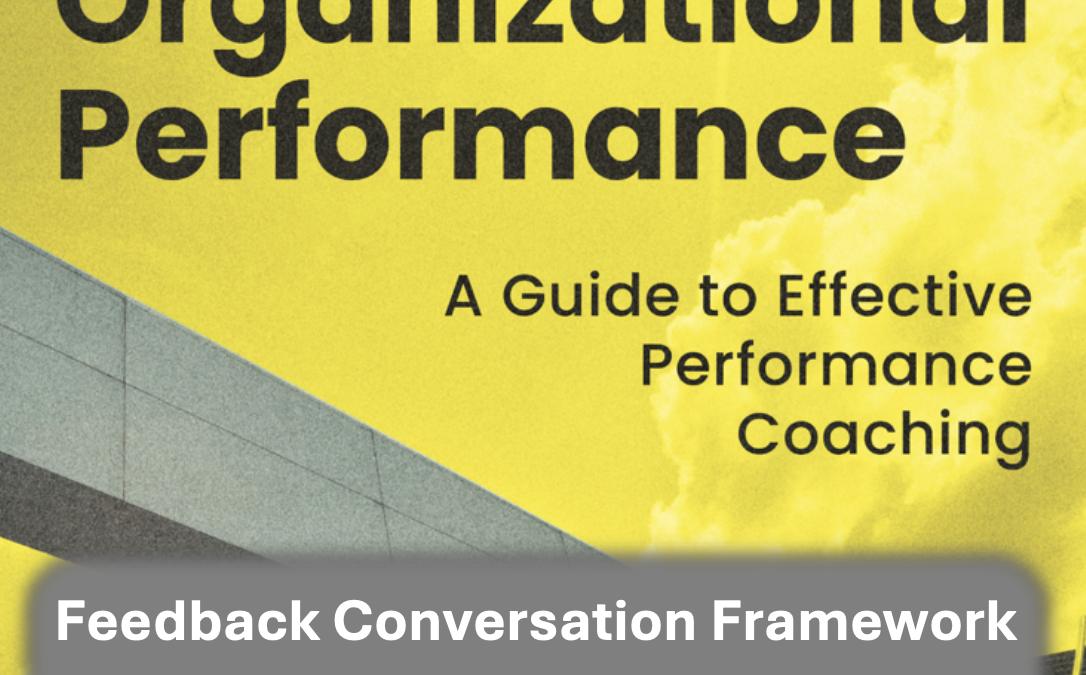The Strength-Based Coaching Approach That Increased Team Performance by 37%

For decades, performance improvement has followed a predictable formula: The performance improvement strategy comprises pinpointing weaknesses before developing plans to overcome them and subsequently tracking progress. The logical strategy involves locating broken elements and attempting to repair them. What if the basic premise we use to improve performance doesn’t actually work?
The consistent pattern I’ve noticed across dozens of organizations where strength-based coaching approaches are applied shows that enhancing strengths delivers significantly superior outcomes compared to fixing weaknesses. One recent case study particularly stands out: A financial services team achieved a performance improvement of 37% within six months by adopting a strength-oriented approach.
The Traditional Approach vs. Strength-Based Coaching
Let me start by clarifying what strength-based coaching is NOT. It’s not ignoring performance issues or giving everyone a participation trophy. It’s a deliberate strategy that recognizes a fundamental truth about human performance: people achieve exponential growth when building on strengths while merely incremental improvements when focusing primarily on weaknesses. Consider these contrasting approaches:
Traditional Deficit-Based Approach:
– Identifies gaps between expected and actual performance
– Creates improvement plans targeting weaknesses
– Measures success by how well weaknesses are mitigated
– Views top performance as the absence of deficiencies
Strength-Based Approach:
– Identifies and leverages existing strengths and talents
– Creates acceleration plans that deploy strengths in new ways
– Measures success by the amplification of strengths and their impact
– Views top performance as the maximization of unique capabilities
The Financial Services Case Study
The financial services team I worked with was positioned in the lowest quartile for performance compared to their peer teams at the start of my engagement. Their prior year experienced multiple failed objectives, reduced employee engagement levels, and elevated staff turnover rates.
The leadership team had tried numerous interventions: The team leadership implemented performance improvement plans along with additional training methods and organizational restructuring. Every solution offered temporary progress but failed to produce permanent results.
The situation had an intriguing aspect because the team had plenty of talent. Competency evaluations identified highly skilled professionals within the team but the team’s overall performance fell short of the expected sum of individual capabilities.
The Intervention: Strength-Based Team Coaching
Instead of focusing on correcting weaknesses we launched a complete strength-based coaching initiative that consisted of three primary elements:
1. Strength Identification and Mapping
Through a detailed strength assessment process every team member identified their five highest professional strengths. These assessments concentrated exclusively on professional strengths that yielded measurable work benefits instead of personality tests.
Our team created a visual map to display how different strengths were distributed among team members. This revealed something fascinating: The team possessed a wide variety of strengths which they failed to utilize effectively.
2. Strength Alignment with Responsibilities
We adjusted team responsibilities to match each member’s specific strengths. For example:
– The team member who had strong analytical skills but only average client communication abilities moved from client-facing tasks to building financial models which supported the team’s recommendations.
– The team member with strong relationship-building skills yet difficulties in detailed analysis became the primary client liaison. Our strategy focused on enabling team members to lead by leveraging their strengths while finding solutions to overcome their limitations.
3. Collaborative Complementarity
The most critical development in our approach was implementing a system of “strength partnerships” where team members purposefully paired to balance each other’s skills.
Through our collaborative framework we connected people with complementary strengths to work together on important projects instead of assuming everyone could master every task. Effective teams achieve well-roundedness by building systems through purposeful collaboration among members rather than consisting of versatile individuals.
The Results: Beyond Our Expectations
The strength-based approach produced results that surpassed our most optimistic projections.
– The balanced scorecard metrics demonstrated that team performance improved by 37% during the six-month period.
– Employee engagement scores advanced from the 23rd percentile to reach the 82nd percentile
– Client satisfaction improved by 42%
– Turnover dropped from 24% to just 6%
Most importantly, these improvements proved sustainable. One year later I found the team had preserved their performance levels and served as an example for other teams to study.
The Science Behind Strength-Based Coaching
These results aren’t anomalous. Studies from positive psychology and neuroscience fields provide insights into why strength-based models result in better performance outcomes.
- Neurological activation: When people work in their areas of strength, their brains show patterns of activation associated with heightened engagement, creativity, and cognitive processing. Simply put, our brains work better when focused on strengths.
- Intrinsic motivation: People naturally gravitate toward activities that leverage their strengths, creating sustainable motivation that doesn’t require constant external reinforcement.
- Confidence cascade: Success in one’s areas of strength creates confidence that often transfers to other domains, creating a positive cycle of improvement that can eventually address weaker areas indirectly.
- Psychological safety: Teams that recognize and value diverse strengths create environments where people feel psychologically safe, leading to more innovation, better communication, and higher performance.
Implementing a Strength-Based Approach
Once you understand the benefits of strength-based coaching, you can follow these practical steps to implement it within your organization.
1. Start with proper assessment
Transition from standard personality assessments to specialized instruments that pinpoint work-related strengths. High-quality assessments evaluate demonstrated skills that reliably forecast on-the-job performance rather than solely focusing on reported preferences. With this financial service company, we employed a beta version of the ProfilAS instrument (https://profilas.com), an AI-driven competency assessment solution.
2. Reframe performance conversations
Shift your feedback approach from “Here’s where you need to improve” to “Here’s where you excel and how we can leverage that further.” The best approach to performance issues involves analyzing them from the perspective of employee strengths.
3. Engineer for complementary partnerships
Establish defined frameworks which allow team members to fully utilize each other’s complementary strengths. Teams can benefit from connecting analysts with communicators and strategic thinkers with colleagues who focus on execution.
4. Measure strength utilization
Organizations should measure how many opportunities employees have to apply their strengths in their work duties. Studies reveal daily utilization of personal strengths results in workers being six times more engaged.
5. Cultivate a strength-spotting culture
Develop managers into “strength spotters” who recognize and acknowledge team members when they effectively apply their strengths. Positive reinforcement facilitates faster development compared to continuous corrective feedback.
The Bigger Picture: A Paradigm Shift
To apply strength-based coaching effectively organizations need to adopt a fundamental change in their perspectives on human potential and performance.
Traditional deficit-based coaching suggests that achieving excellence requires sufficient performance throughout all skill areas. True excellence emerges by achieving extraordinary levels in select areas while maintaining weaknesses at acceptable limits according to the strength-based paradigm.
When organizations enact this transformation, they achieve superior performance metrics and cultivate workplaces where employees flourish instead of just enduring. These organizations establish workplace cultures that allow employees to bring their true selves to their jobs instead of forcing them to become someone else.
Organizations can develop their most enduring competitive edge by adopting this approach in a talent-driven competitive environment.


